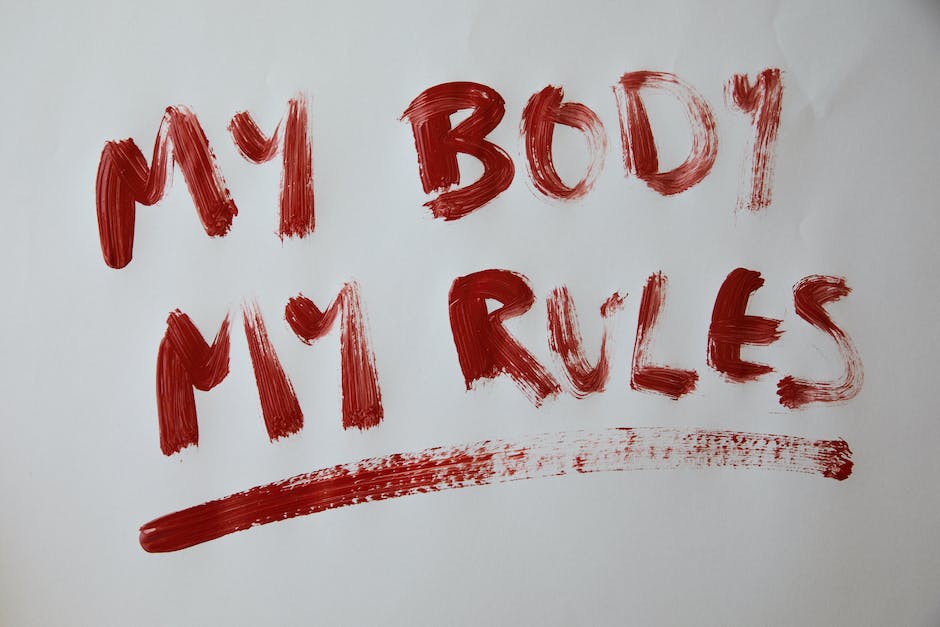Salesforce Optimizer is a report framework that helps you find and fix problems in your online business. It also gives you insights into your competitors’ businesses and how they operate.
By using the framework, you can create reports that show you details about people, products, and orders. These reports can help grow your business, especially if they are well constructed.
Most of the time, report founders spend their time on creating great reports. While this is helpful, the creator has to make sure that their audience can easily read and understand the reports.
Find the Salesforce Optimizer report
Once you have your report, the next step is finding the report that contains the data that your optimizer reports on.
Many companies generate reports for themselves using their SalesforceAnalytics portal. You can create as many reports as you want, and they will all depend on how well your company is doing.
Some of these reports include sales performance, spend breakdowns, spend trends, customer spend breakdowns, or any other data that relates to sales performance.
As mentioned earlier, the optimizer uses Spend Trends to determine which companies are spending too much money. So, when looking for the report that has the trend data in it, look for a section titled Spend Trends.
Click “New Report”

Next, click on the “General” tab, then click on “New report”.
This will bring up a new window where you can enter your report title, general term, and bullet point.
Now, edit or add your first suggestion to your next sale. This will help your sales team see results fast, and help you stay organized as you go forward.
Once that is done, select the source of data from which to create your report. This can be from CRM systems, lead tracking systems, or even a good old-fashioned count of people who bought something recently.
Select the necessary parameters

After you have selected your lead or leads, you will now need to set some parameters for the derby. This can be changing the parameters or changing them in the report.
When setting parameters for a report, there are two main parts to it. The first is called the source parameter, this is the value that you want to apply to your report. The second is called the target parameter, this is what you want your report to measure.
The source parameter can be a number of things such as age, location, income, etc. The target parameter must be a number so that your lead or leads can be matched up with their buyer or buyers.
Select the data source

After you have entered your information in the Salesforce Optimizer report, you will then select the data source for your organization. There are three common sources for your organization’s data:
Primary data source: Your organization uses an online platform to manage its members, products, and events. Most organizations use sites like Google (meetings), LinkedIn (members), and Eventbrite (events) as their primary data sources.
Secondary data sources: Some organizations use online CRM systems like Xero or Marketo, but the majority of business owners use one of the above-mentioned platforms as their second-source for everything organizational.
Third-source sources: Sometimes a business does not have its own CRM system or software, which is when Salesforce Optimizer comes into play! By using this tool, businesses can create custom reports that correlate with their organization.
Edit the report layout

When the report looks the way you want it to look, it is time to edit the report layout. You can do this several ways, all of which are easy.
The most common way to edit the report layout is by clicking on the gear icon in the upper right corner and selecting New Layout. This will open a new window where you can change the layout of the report.
You can add and delete columns, add filters, and even easily organize your data. This is one of the main reasons why resizing your window or creating a new layout is so easy.
To show or hide column headers, select which fields should have header information selected in front of them, then click on Apply & Remove Forces on or off. To move data around in columns, switch between left-to-right and right-to-left ordering.
Review and publish your report!

When your report is ready, it is time to publish it! You can then use the reports you created for marketing, sales, or any other business where people can access and use your data.
By creating your report in Salesforce, you are not just publishing a document, but an opportunity to share your insight with others. This is what makes this report valuable!
With the data in place, people can easily make connections between products and customers. For example, a sales tool that helps companies track staff performance might help track customer engagement with their company as well.
When sharing data like this, be prepared for some questions. Being prepared to answer questions will help you make more of a impact on people and get them involved in the product or product line.




